Diamonds have always been a symbol of elegance and sophistication. Yet, when it’s time to pick out that perfect gem, how do we know we’re making the best choice?
The Diamond Clarity Chart is here to the rescue. It’s a tool that evaluates both color and clarity, helping jewelry enthusiasts compare and choose diamonds wisely.
From those that rank top in colorlessness to the spectrum of clarity grades, this chart will steer you towards your perfect diamond.
So, let’s delve deeper into diamond clarity with BrighterGuide and learn how to pick out the finest piece of jewelry confidently.
Key Takeaways
- The Diamond Clarity Chart is a tool that evaluates diamonds based on their color and clarity, guiding buyers to make informed choices.
- Diamonds are graded from Included (I) to Flawless (FL), with the grade indicating the visibility and number of imperfections or inclusions.
- Understanding clarity grades, recognizing inclusions, and consulting professionals are vital steps in choosing the perfect diamond jewelry.
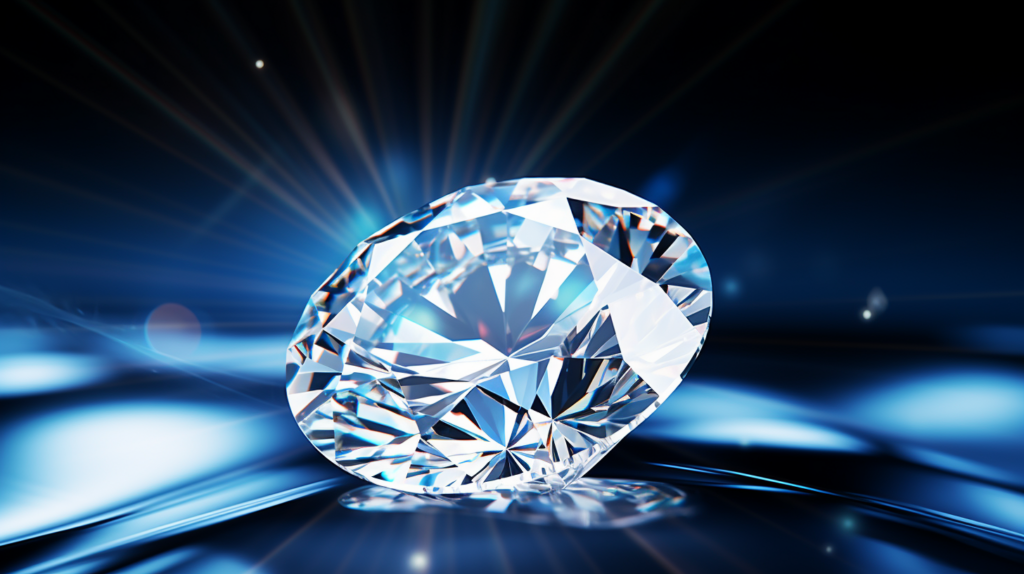
A Must See Guide to The Diamond Clarity Chart For Choosing The Best Diamond For You
To truly appreciate the Diamond Clarity Chart, we first need to understand it.
The chart is an instrument that provides clarity on diamond quality, using specific clarity grades. These grades shed light on any imperfections or inclusions in a diamond, which can influence its overall allure and worth.
Ranging from flawless specimens to those with noticeable inclusions, the clarity scale offers a spectrum to evaluate against. While the allure of a perfect diamond, one with impeccable clarity, is undeniable, it’s also incredibly rare and comes with a hefty price tag. However, many diamonds, though not flawless, still possess commendable clarity and offer stunning beauty without breaking the bank.
An essential aspect to keep in mind when picking a diamond is the search for an eye-clean gem. This means the diamond shouldn’t have imperfections or inclusions that are visible without the aid of magnification. Being well-versed in the diamond clarity grade and having the Diamond Clarity Chart for reference ensures we make knowledgeable decisions to select the gem that’s just right.
What is the Diamond Clarity Chart
The Diamond Clarity Chart isn’t just a tool; it’s your guide to understanding diamonds better.
Imagine a world filled with millions of diamonds. Each one unique, sparkling in its own way. But how do you decide which one is right for you? That’s where the Diamond Clarity Chart steps in. It helps potential buyers navigate through the diamond buying process, making it less of a diamond buying minefield.
In the vast diamond industry, there are various factors to consider. From diamond grades to diamond inclusions and even the color diamond flawless pieces possess. Each diamond is examined under a 10X magnification loupe to see any noticeable characteristics that might impact its value.
How To Use Diamond Clarity Chart
The Diamond Clarity Chart is vital when assessing diamonds. It systematically rates a diamond’s clarity based on internal inclusions and any external imperfections.
Here are two vital points to remember:
- Clarity Grading: Diamonds are given grades that range from Included (I) to Flawless (FL) on this chart. Each grade further has subgrades showing the clarity of inclusions. Remember, a higher grade signifies fewer and less noticeable inclusions, making those diamonds more prized.
- From the Eyes of the Diamond Grader: When using the chart, one must adopt the viewpoint of a diamond grader. They inspect the diamond under 10x magnification to assign a clarity grade. Some internal characteristics may be harder to detect, requiring more intense magnification for accurate identification.
What are Clarity Grades
Let’s navigate the grades of clarity and figure out the ideal one.
When assessing clarity grades, factors like the count, size, type, placement, and prominence of inclusions come into play.
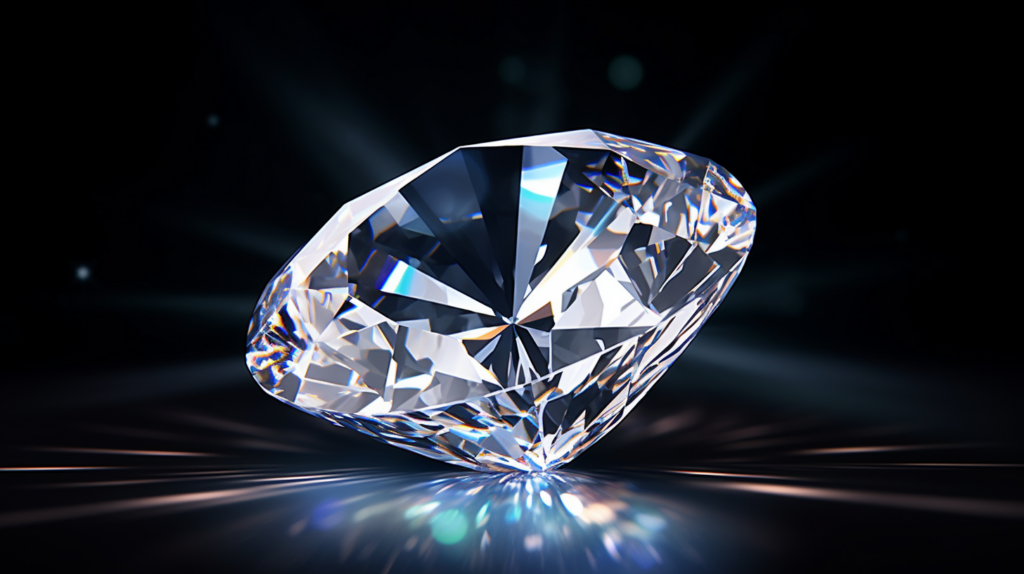
The Spectrum of Clarity
Clarity grades vary immensely. Starting from a flawless diamond, which is a rare gem without any inclusions, to diamonds with noticeable blemishes, the spectrum is vast. A diamond chart is often used by experts and diamond jewelry stores to classify diamonds based on their clarity.
The SI1 Diamond and SI2 Diamonds, for example, have slight inclusions. These inclusions might be visible to the naked eye, especially in a larger diamond. But with the right diamond clarity combinations and cut, even an SI grade diamond can look stunning.
Natural diamonds, or earth-mined diamonds, often have inclusions formed due to the intense pressure and heat they undergo beneath the Earth’s surface. These can vary in size and shape, impacting the diamond’s overall appearance.
On the other end, we have lab-grown diamonds. These diamonds, while not natural, can also possess inclusions, though they might be different in nature from those in earth-mined gems.
Pricing and Appearance
Diamond prices are heavily influenced by their clarity. A flawless diamond will undoubtedly cost more than an SI2 diamond or a clarity off-color diamond. But this doesn’t mean the latter isn’t beautiful. With the right setting, even diamonds with noticeable characteristics can be breathtaking.
When it comes to diamond engagement rings, many prioritize size over clarity. So, a brilliant cut diamond that’s a 2 carat SI1 diamond might be more sought after than a smaller flawless one, especially if it’s an eye-clean diamond.
Guidance in the Selection
Given the wide array of options, from diamonds in diamond ring styles to those in loose diamonds, choosing the right one can be overwhelming. That’s where an experienced diamond consultant comes in. They can guide you through the diamond purchase question, helping you understand factors like diamond color, diamond color grading, and more.
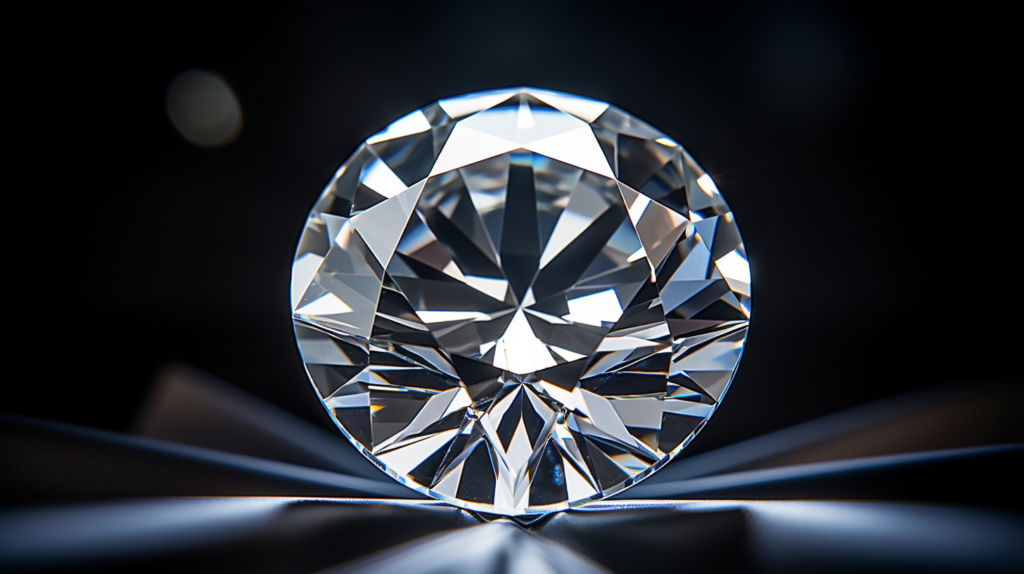
If you’re looking to purchase a diamond online, ensure you’re browsing through reputable sources. There are thousands of diamonds available online, and diamonds to diamond retailers can vary in quality.
Whether you’re in the market for a feature diamond, be it a lab diamond gem or the finest IGI-certified lab diamond, understanding clarity grades is pivotal. It not only ensures you get value for your money but also ensures the gem you choose aligns with your preferences.
How to Determine The Best Clarity Grade
To pinpoint the best clarity grade for a diamond, knowledge about these grades is paramount. Clarity grades highlight the presence of imperfections in a diamond. The fewer these blemishes, the higher its grade.
GIA, or the Gemological Institute of America, presents a clarity scale that starts from I (included) and peaks at FL (flawless). Each grade has sub-grades that show how visible inclusions are.
For the best clarity grade, factors such as the shape of the diamond and the least clarity necessary for the diamond to appear clean to the naked eye should be weighed in. Scrutinizing the diamond’s certification and clarity chart can offer precious insights into the diamond’s clarity.
Factors in Diamond Grading
A significant determinant in diamond grading is the size of the inclusions. These internal characteristics, when viewed under 10x magnification, can vary from minuscule specks to more evident characteristics. Factors like size, nature, count, position, and relief of these inclusions are central when ascertaining a diamond’s clarity grade. Thanks to advancements, the Gemological Institute of America (GIA) has paired with tech giants like IBM to create an AI system dedicated to grading diamonds. This cutting-edge tech assists in examining the varied facets of diamond clarity, ensuring precise grading.
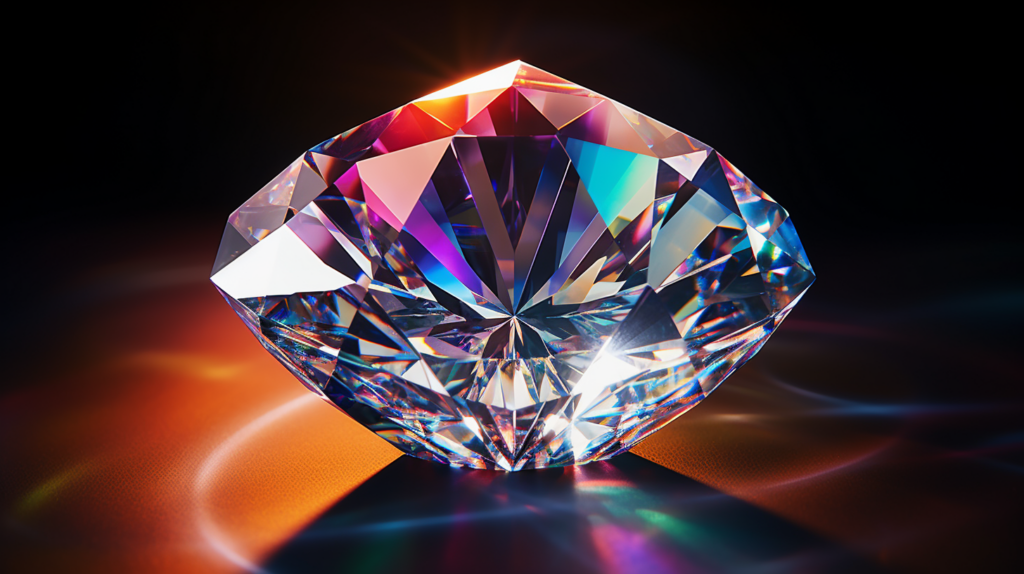
Tips for Buying Diamonds Through Diamond Clarity Chart
Before any purchase, always go over the diamond’s certificate and clarity plot. They contain pivotal information about the diamond’s traits, aiding in an informed decision.
Here’s a cheat sheet:
- Know the Clarity Scale: Dive into the GIA Diamond Clarity Scale. Understanding it allows for better clarity comparisons between diamonds.
- Weigh the Impact on Diamond Clarity: Reflect on aspects like the size, nature, count, position, and relief of inclusions. They shape the diamond’s overall look and its value.
- Find the Right Clarity Grade: Factor in personal preferences and budget. Remember, many inclusions aren’t visible without magnification, allowing for potential budget-friendly options without compromising beauty.
- Seek Expertise: Uncertain about clarity evaluation? Rope in a jeweler or gemologist. Their wisdom can guide you towards your perfect diamond center stone.
What to Avoid
Steer clear of diamonds with glaring inclusions; they can greatly impact the gem’s overall look and worth. When selecting a diamond, its clarity grade plays a pivotal role. Visible flaws can hamper the diamond’s shimmer and appeal, making it a less favored choice for jewelry, like engagement rings.
For a premium-quality diamond, it’s suggested to zero in on a gem with a clarity grade of VVS or above. Such diamonds boast minute characteristics, only discernible under intense magnification, guaranteeing a pristine appearance.
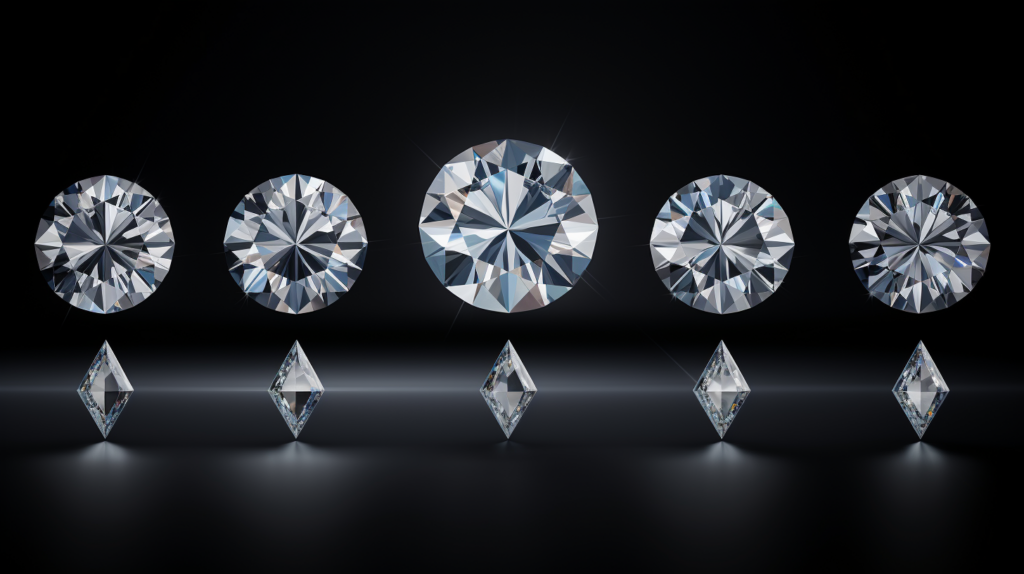
Conclusion
Rounding up our discussion on diamond clarity, it’s clear that understanding clarity grades and recognizing the presence of inclusions are fundamental when scouting for the perfect piece of jewelry. Here are the essentials:
- Clarity Grade: Directly affects the diamond’s price and overall allure.
- Inclusions: Internal flaws can influence the overall allure and worth of the diamond.
- The Importance of Certification: Always inspect the diamond’s certificate and clarity plot. They offer a wealth of details about the clarity grade and any visible inclusions.
Seek Expert Opinion: Always turn to professionals when in doubt. Their expertise can guide you in selecting a diamond that fits both preferences and budget.
Sources
BrighterGuide is dedicated to providing accurate and relevant information as you explore the wonderful world of diamonds and jewelry. To this end, our writers refer to primary information sources in building each article that appears on this website. These include, but are not limited to, published news articles, government portals, research papers, and more.
- Gemological Institute of America. (n.d.). Gemological Institute Of America | All About Gemstones – GIA. https://www.gia.edu/
- Learn How to Buy a Diamond with the GIA Diamond Buying Guide | 4Cs of Diamond Quality by GIA. (2022, July 22). GIA 4Cs. https://4cs.gia.edu/en-us/diamond-buying-guide/